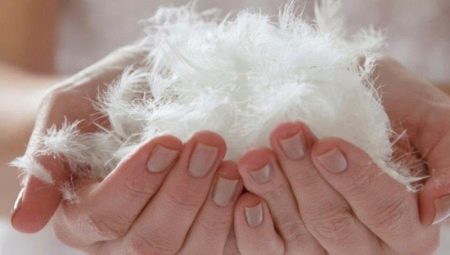A down jacket is a comfortable, warm and necessary thing in the wardrobe. It would seem that the name itself implies the presence of fluff in clothes. However, manufacturers offer down-padded coats and other alternative materials as a warming "filling". Each of them has its pros and cons.
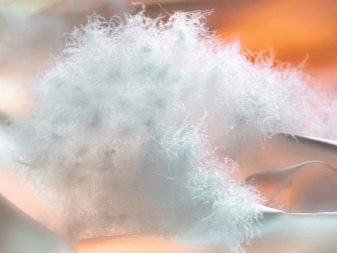
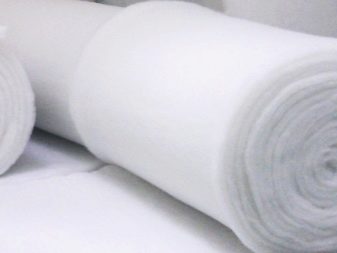
Pooh warms even astronauts
Down jackets, perhaps, are the most common and favorite jackets in Russia. They gained special popularity in the difficult nineties. Almost a third of Russians were dressed in cheap and monotonous green and purple clothes of dubious quality. Today, down jackets of this style and quality can no longer be found. Now, in addition to performing the function of warm clothing, they correspond to fashion trends, combine spectacularity and convenience.
The fluff for sewing warm clothes was the first to be used by the peoples of the northern latitudes. And the first to guess the use of fluff for sewing warm clothes - the Norwegians. Back in the 15th century, quilted down trousers and jackets perfectly saved the inhabitants of the cold coastal region from the piercing wind and severe frosts. The warmest is the fluff of the northern eider bird. No wonder it is used in the manufacture of spacesuits for astronauts.
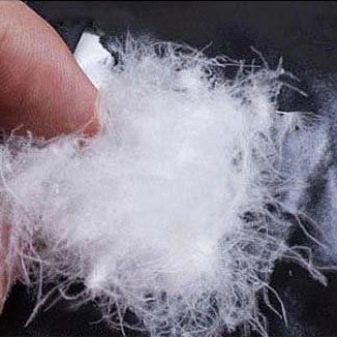

Despite the inventions of new alternative materials to fluff, fluff still holds its position and remains the most popular material used for the production of warm clothes.
Down jackets with eiderdown are considered the best. Their significant drawback is the high price. A good alternative would be duck or goose down filler. Often manufacturers add feather to the fluff. This ratio is usually 70 and 30 percent. The lower the percentage of the pen, the warmer and lighter the jacket. Therefore, when buying, it is worth paying special attention to.On the label about the presence of a pen in the product says the prefix feather to the word down. Here it will be appropriate to warn: when buying a down jacket, carefully inspect it. No fluff or feathers should stick out from the seams. Otherwise, this product is of poor quality - for a long time it will not last.
Try to carefully probe the sleeve or piece at the bottom of the down jacket. If there are a lot of feathers in the insulation, you will immediately feel them by touch. Such a down jacket is not worth taking: one day these feathers will come out.
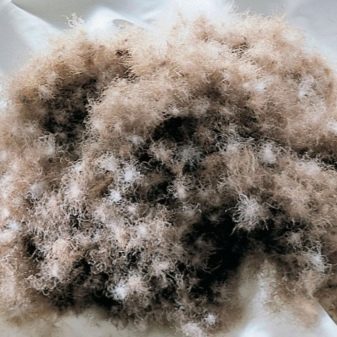
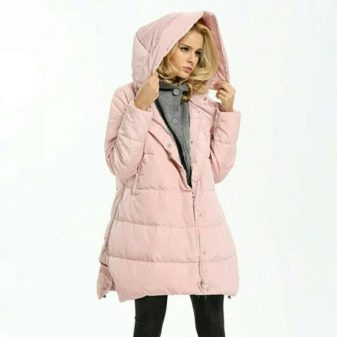
If your winter is harsh - buy a jacket marked 3 CLOUGH. It will be comfortable even in forty-degree frosts. Marking 1 CLOUGH - for mild winters, if frost does not exceed -15 degrees.
The great advantages of a down filler are that the jacket “breathes”. You won’t sweat in it in a store or metro.
It is worth paying attention to the Fill Power sign on the down jacket tag. It means an indicator of the elasticity of the down jacket, i.e., its ability to take its original shape after compression. For good down jackets, this indicator starts at 500 units. Well-known brands reach 900.
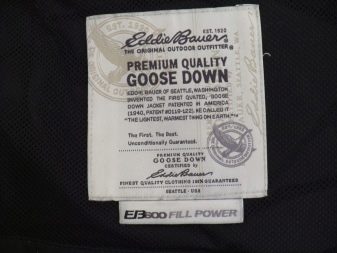
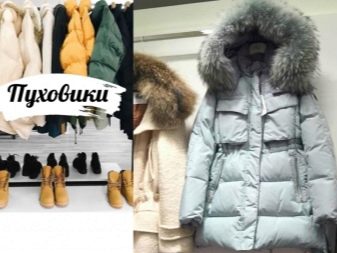
Modern technologies allow the production of very high quality down-padded coats with feather-down filling. With proper care, such clothing can last fifteen to twenty years. For washing a down jacket, it is better to contact a dry cleaner. If you decide to wash it yourself - know that this is not such an easy task as it seems at first glance. Washing and drying items with fluff requires a special approach. Therefore, before you start washing, read the advice of practitioners on the Internet.
High-quality warm down jackets of various styles mainly come to us from China and Canada. If you are not limited in means and you need style and fashionable appearance, then it is worth looking for models that are produced in Finland, Sweden or France.
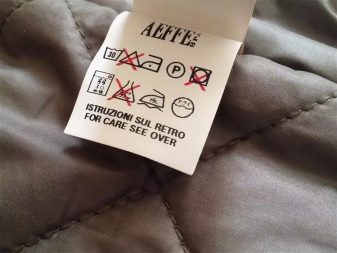
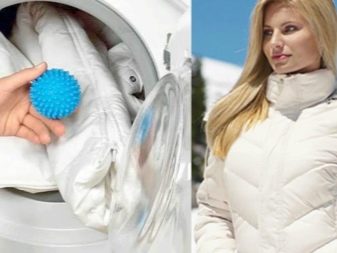
Sintepon - the younger brother of fluff
It is difficult to find a person who would never have clothes with syntepon filler in his wardrobe. Invented in the 70s of the last century, this synthetic material today adequately competes with down.
Sintepon products retain heat well and are easy to wash. And if the ratio of feathers to fluff affects the thermal insulation qualities in a down jacket, then the down jacket on the padding polyester the thicker the warmer. Manufacturers can hem one, two and even three layers of synthetic winterizer. The temperature regime of the product is determined by the density of the synthetic winterizer: insulation with a density of 100 g / sq. m. recommended at a cool temperature of +5 degrees; from -5 degrees it will be comfortable in a jacket with a synthetic winterizer with a density of 150 g / sq. m. (such clothes are quite suitable for late autumn); but with the onset of frost up to -20 degrees the best option is a jacket with a synthetic winterizer density of 250 g / sq. m
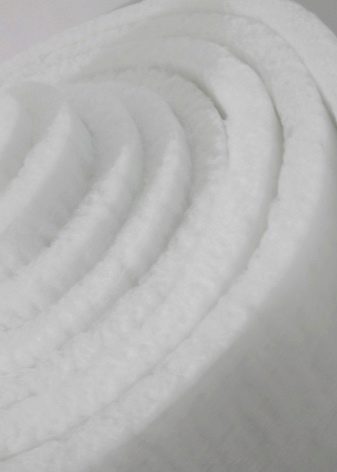
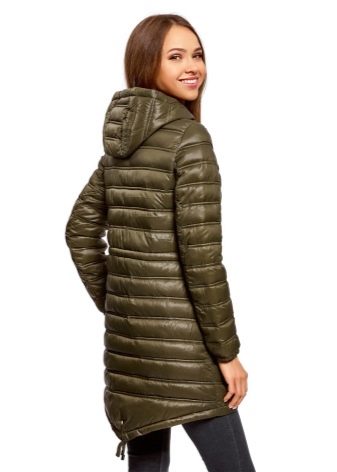
If the frost is stronger, even a three-layer down jacket will not provide a comfortable walk and you will feel cold. It is worth noting that the more layers of padding polyester in the jacket, the more bulky and inconvenient for movements. Remember how small and clumsy defenseless children look in thick sintepon jumpsuits.
In no case do not wash the glued synthetic winterizer. To clean it, only dry cleaning is suitable.
The synthetic winterizer is an artificial material. It consists of polyester fibers. The fibers are bonded to each other in two ways: either by bonding, or by thermal action. The synthetic winterizer on glue is easily deformed, cakes. It is airtight. In addition, it is considered not environmentally friendly due to the presence of glue.
Thermally bonded synthetic winterizer is preferable, it “breathes” and is considered environmentally friendly.
Jackets with synthetic winterizer filling are comfortable, durable and unpretentious in care. However, they are more suitable for off-season or mild winters. For a harsh winter, they are of little use.
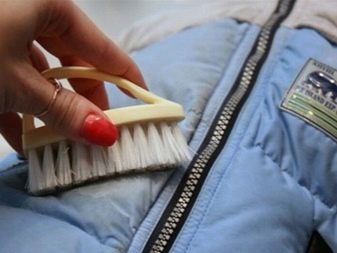

What is in sintepuha?
We smoothly approached another material that is used to warm winter jackets.Logically speaking, judging by an unusual two-root word, it may seem that this material, which consists of syntepon and fluff, is a combination of two classic materials in one insulation. However, the name of modern artificial insulation is correct - synthetic fluff. Down, but artificial, in terms of thermal characteristics is very similar to the present.
Down on the tags of down jackets is indicated by the word down. The addition of feather means adding feather to the fluff. The word intelligentdown indicates that the insulation combines fluff and synthetic filler. The designation cotton or polyester warns that cotton wool, batting or synthetic winterizer is used for insulation.
Sintepuh consists of a large number of polyester fibers. Like natural fluffs, there are cavities in the fibers. It is this air in the microchannels that helps retain heat. The material is environmentally friendly, without harmful impurities. In addition, due to the use of silicone in its production, it is resilient and very elastic. The fibers impregnated with silicone emulsion are twisted into a spiral. When pressed, the wrinkle easily takes its original form.
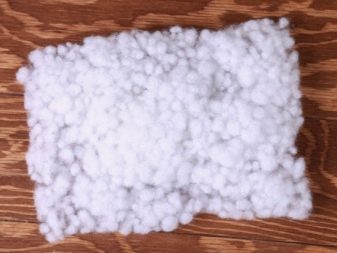
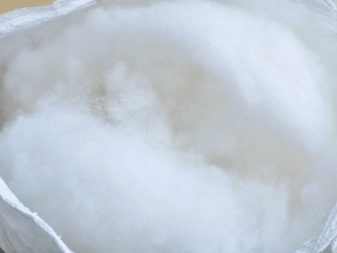
Clothing with synthetic and fluff insulation is warm, light, lush and airy. A distinctive advantage over real fluff - from washing and from prolonged wear, syntepuh does not roll in dense clods.
Sintepuh, as well as down-feather fillers, easily “breathes” and perfectly passes air, while retaining heat. Feathers will never climb out of a sintepuh jacket, water drains from it “like a goose”, dries quickly.
For washing, you can use the services of dry cleaning, but it’s not difficult to wash the synthetic-down jacket down at home. It is very comfortable to wear.
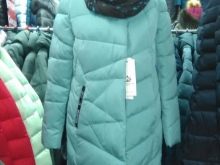

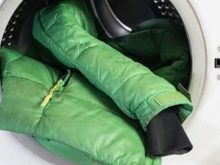
All options are good
If we talk on the topic as a whole, then all of the fillers listed are good. Which one to give preference to depends on many circumstances, which are different for each person.
A synthetic winter down jacket is different from just fluff. The difference is that it is warm, elastic and light, environmentally friendly. Therefore, this is the best option for allergy sufferers. The advantages of sintepon fillers are that these down jackets look very elegant, besides they are very lightweight, they are easy to wash and dry. They are warm and comfortable in the off-season, as well as with light winter frosts. Well, for those who prefer everything natural, of course, the best option is a jacket with feather-down filling.

Ideally, it is better to have three down jackets: for the off-season, mild winters and severe frosts. If their heaters will consist of different materials - you will see from personal experience which one is still preferable for you.
About the features of fillers for winter jackets, see the next video.
